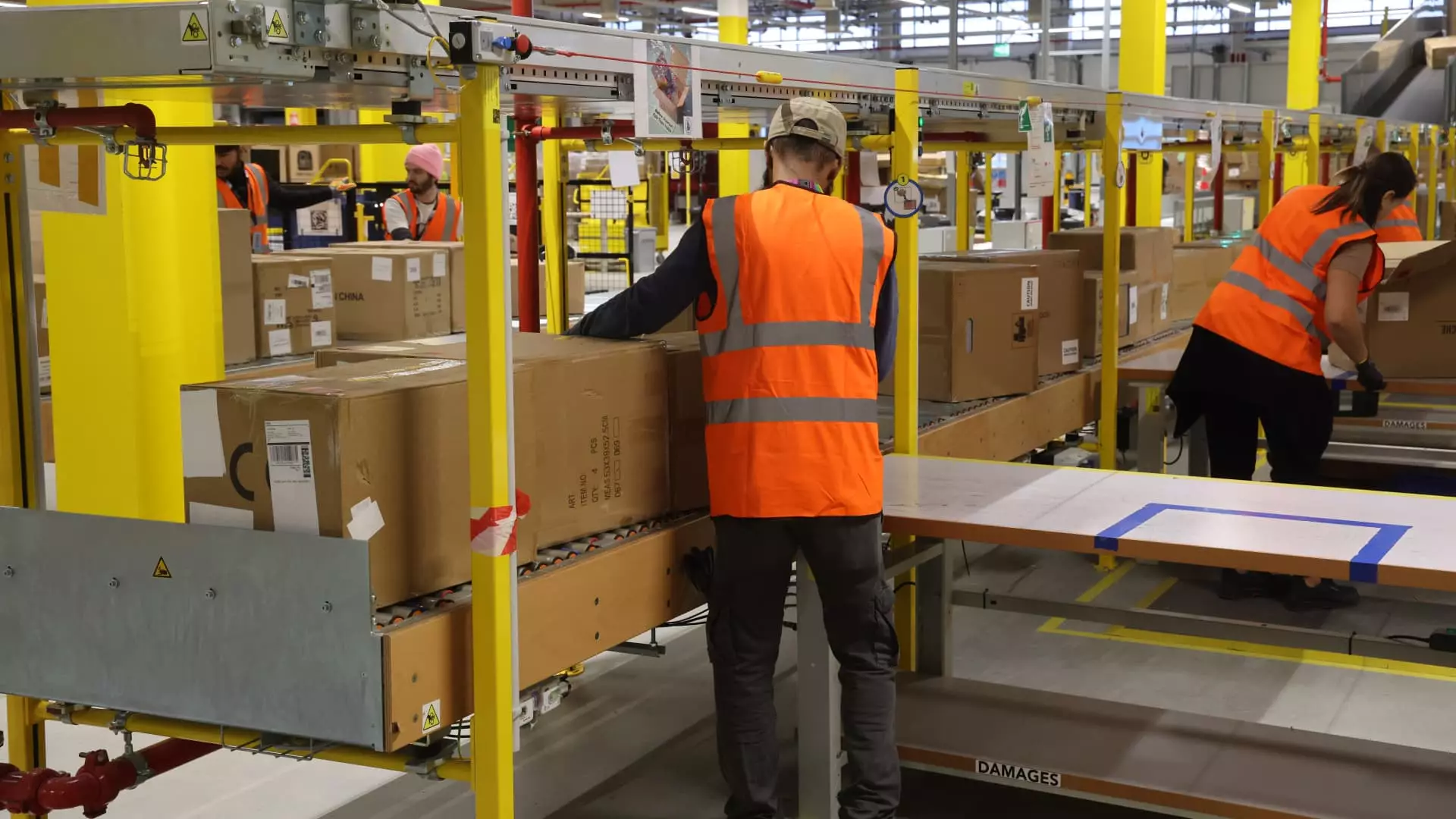In recent years, the rapid proliferation of artificial intelligence and robotics has been heralded as the pinnacle of modern innovation, yet beneath this shiny veneer lies a troubling reality. Amazon’s announcement of its millionth robot and the deployment of sophisticated AI models such as DeepFleet symbolize what many perceive as technological progress. However, this narrative oversimplifies the true impact of automation on human livelihoods, revealing a disturbing trend cloaked in optimistic rhetoric. While corporations tout increased efficiency and cost savings, the central question remains: who bears the burden of this so-called advancement?
The idea that smarter, faster robots will seamlessly augment human workers has become a common trope, yet it often masks the harsh truth. Amazon’s claim that robots now handle “heavy lifting and repetitive tasks” to create “new opportunities” for employees is a glossy surface that ignores the structural realities. In truth, the relentless march of automation tends to erode widespread employment opportunities, especially in sectors traditionally filled by low- and middle-income workers. The introduction of these intelligent systems usually leads to the displacement of jobs, not the creation of lasting new roles. The narrative of synergy between humans and machines falls flat when viewed through a lens of economic displacement and growing inequality.
The Gap Between Promise and Reality
Amazon’s CEO Andy Jassy’s remarks about AI-driven job reductions reflect an essential truth rarely acknowledged in corporate press releases: automation is fundamentally a tool for squeezing more productivity out of fewer people. His reassurance about ongoing hiring in AI and robotics rings hollow when juxtaposed with the clear reality of mass layoffs and workforce contractions in recent years. The tech industry’s pattern of layoffs—over 150,000 jobs cut last year alone—demonstrates that automation often prioritizes profit margins over job security.
Moreover, the claim that increased automation will “create new opportunities” hinges on a fragile assumption—that the workforce will adapt quickly to new technical demands. Historically, this sort of transition has disproportionately affected vulnerable workers who lack access to retraining or educational resources. The very premise that robots empower employees to develop “technical skills” seems more like an aspirational corporate slogan than an assured outcome. In practice, the economic gap widens, as those who are already on the margins become further disenfranchised and excluded from the new job landscape.
Societal Costs of Technological Hubris
The push for robotic dominance represents a dangerous unchecked faith in technology as the ultimate solution for all operational challenges. Industry leaders seem to believe that AI and robotics are inherently benevolent, but this obsession with efficiency often neglects the broader societal costs. The displacement of workers not only impacts individual livelihoods but also threatens the social fabric that sustains community stability.
Furthermore, as automation replaces human roles, the economic inequality gap risks becoming insurmountable. A future where a select few control and benefit from AI-driven systems while the majority labor in precarious conditions duplicates the worst aspects of unchecked capitalism. Such a scenario undermines the principles of social equity and undermines the idea that technological progress should serve everyone—not just the corporate elite.
In the end, the narrative of technological progress often mirrors a hyper-capitalist misconception—that innovation is an unmitigated good. In reality, the relentless pursuit of automation, masked as progress, raises critical questions about fairness, employment, and societal resilience. Rather than blindly celebrating the expansion of robots and AI, society must critically examine whose interests drive this agenda—and who ultimately pays the price.

Leave a Reply